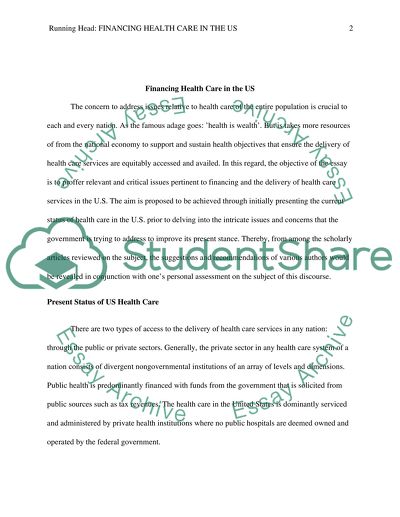Cite this document
(“Financing Health Care In The US Term Paper Example | Topics and Well Written Essays - 1250 words”, n.d.)
Retrieved from https://studentshare.org/environmental-studies/1414723-financing-health-care-in-the-us
Retrieved from https://studentshare.org/environmental-studies/1414723-financing-health-care-in-the-us
(Financing Health Care In The US Term Paper Example | Topics and Well Written Essays - 1250 Words)
https://studentshare.org/environmental-studies/1414723-financing-health-care-in-the-us.
https://studentshare.org/environmental-studies/1414723-financing-health-care-in-the-us.
“Financing Health Care In The US Term Paper Example | Topics and Well Written Essays - 1250 Words”, n.d. https://studentshare.org/environmental-studies/1414723-financing-health-care-in-the-us.


